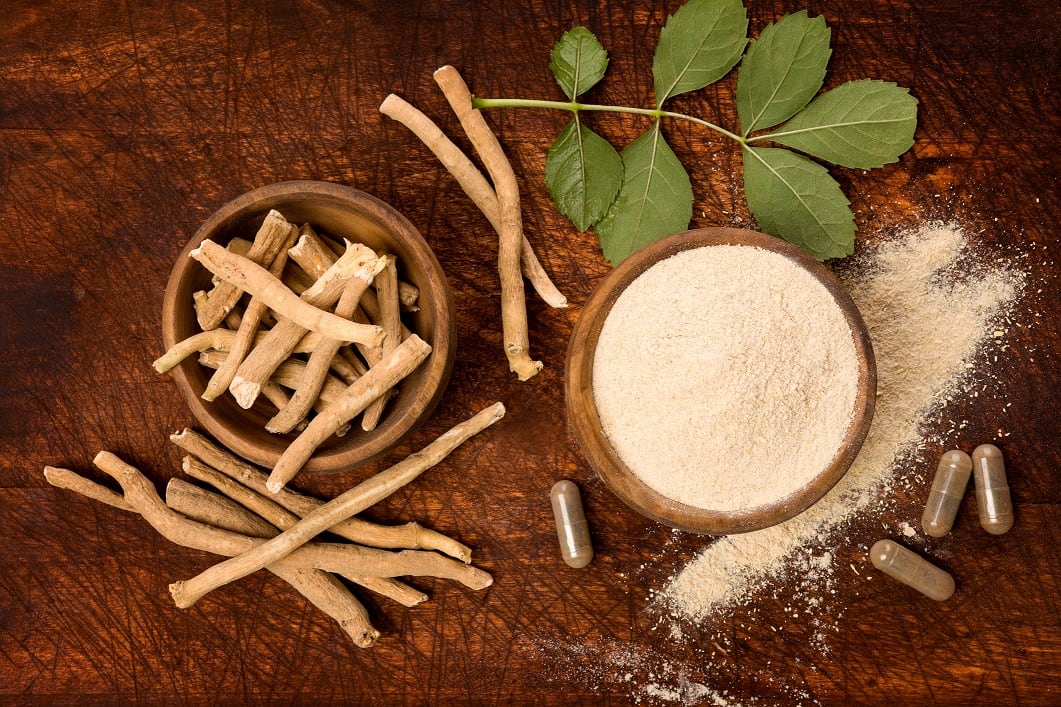NutraIngredients recently reported that a number of Nordic countries are considering following Denmark’s ban of ashwagandha, as a result of a negative risk assessment of the plant by the Technical University of Denmark (DTU).
The conclusion of the assessment was that the root or extract of the root can have a negative effect on thyroid and sex hormones. Danish authorities then used the EU’s Rapid Alert System for Food and Feed (RASFF) to flag dozens of products containing ashwagandha marketed online across multiple countries, judging the breach to be “potentially serious”.
Authorities in the other countries have since started to take note of this report and questioned if the same action is needed locally.
But experts in the industry have stood by the ingredient, saying the flawed report is being uncritically cited by regulators.
Most notably, experts take issue with the studies included in the report which were performed on the leaves and stems of the ashwagandha plant.
Tom Johnsson, Head of R&D at MedicineGarden, which sells the branded ashwagandha supplement KSM-66 across Sweden, explains health issues with the leaves and stem of the plant are a known fact and not applicable to the root or extracts thereof, as the composition of these parts are completely different.
The above ground (areal) part of a plant, such as the stems, leaves, and flowers, are responsible for photosynthesis, reproduction, and giving the plant its form and structure, while the root is responsible for absorbing water and nutrients and stabilising the plant in the ground. Due to their unique functions and structures, the chemical composition of these parts differ greatly.
He explains: “In traditional Indian medicine, it is always the root that is used internally, precisely because that the leaves contain high concentrations of substances that should not be used in dietary supplements for a longer period. A fact that DTU completely ignored and therefore wrongly concluded that the risks that exist in the areal parts also apply to roots.”
Other than using studies of other plant parts, Johnsson points out the report also misinterprets studies due to lack of understanding of the adaptogenic properties, or it takes a different interpretation to the original study author.
He notes DTU concludes that “ashwagandha root can damage sex hormones” referring to eight studies on the ashwagandha root regarding the effect on sex hormone, of which four studies have been conducted on animals and four on humans.
“One of the animal studies shows reduced willingness to mate (Ilayperuma 2002). The other seven studies, however, show normalized (increased) levels of sex hormones - including all four studies conducted in humans.”
Johnsson adds: “In the animal study, showing reduced willingness to mate, the experimental animals received a dose equivalent to 300 times the daily dose of ashwagandha root extract recommended to humans (a non-specific methanol extract from Sri Lanka). According to the author of the study, the reduced willingness to mate was not related to a negative effect on testosterone or toxicity but probably due to the sedative effect of the extract when given in high doses.
“The risk assessment from DTU has been cited uncritically by other food authorities which has created an unwarranted uncertainty around the use of ashwagandha root.”
Chris Kilham, aka The Medicine Hunter, a globally-renowned expert in botanical ingredients, passionately backs the safety of the ingredient and says this is an issue of ashwagandha being blamed for the side effects of other ingredients, alongside poor monitoring of adulteration.
“The health authorities are extremely far removed from reality, floating along on hearsay and misinformation.
“It's sad that people who are supposed to act as watchdogs for the public health are so hopelessly witless. Hundreds of millions of people utilize ashwagandha on a regular basis, and this practice has persisted for thousands of years. Its use is vast and widespread, and there have been no problems with it. Supplements can contain ashwagandha with other agents that may act as irritants (like piperine) and the ashwagandha gets blamed.
“Adulteration also has zero to do with safety of ashwagandha and everything to do with failure to monitor supplements in an intelligent and responsible way. I'm really fed up with the shoddy pseudo-science and slipshod babbling that adds up to this bad press.
“Ashwagandha does not cause liver problems or thyroid issues. If it did, then actual science would show that.”
Discussing what effect these regulatory worries are having on the industry, he noted that some companies will undoubtably be put off working with this ingredients, adding: “Nobody wants to be on the wrong side of this so they will be more cautious - for no good reason.”
Also arguing the conclusions made in the DTU report are “absolutely incorrect”, Kartikeya Baldwa, CEO of KSM-66, told NutraIngredients: “KSM-66 is absolutely safe to be used and we do not see any problem with it in the EU and elsewhere. It is the most extensively studied ashwagandha root extract for its safety and efficacy.”
He adds: “The Government of India too is committed in working with the regulatory bodies in EU, especially Denmark, to make sure that ashwagandha is moved from a negative list to a positive list."
He adds: “Complete toxicological studies in animals have been performed, both acutely and with long-term use of KSM66. In these studies, a dose 200 times higher than normal was used (2000 mg/kg). No difference in safety parameters between active and control was recorded.
“Recently a reproduction study has been completed in which both male and female animals received up to 200 times the recommended daily dose of KSM66 both before mating and during pregnancy. No changes compared with control was noticed in any of the groups or on the offsprings.”
Adding his concerns over the DTU report, Dr Mark Tallon, cLLM, Managing Partner of food law consultancy Legal Foods, points out it is only available in Danish, making it even more difficult - or impossible - for authorities to critically read.
"The DTU report is significantly flawed and despite RASFF notification, if you analyse the DTU report it is full of holes and almost exclusively based on case study and not intervention trials in humans. We have dealt with three prosecutions over the last six months on this but you ask the regulator to send you an English language version or about detail on page x of the report and all you hear is crickets. Why? Well is in Danish and as such most enforcement authorities and not read it never mind assessed the individual studies reviewed within it."
He adds: "Unfortunately, we have very poor harmonisation across the EU on botanicals and a system open to abuse by regulators wanting to restrict x ingredient based on policy and not the available science. Ashwagandha is but one ingredient but we have many like it that are easy targets because regulations such as the novel foods regime are not fit for purpose and becoming more and more like pharma regulations than food."
He adds that it is down to brands to do their due diligence to ensure they only use safe ingredients. He adds that if you’re paying a premium for a branded ingredient, ask what the supplier is giving you for this additional cost.
"Are they giving you a legal sign-off stating x ingredient at x dose is legal for sale in X member state? Are they stating and showing you a safety dossier on the ingredient? Or are they telling you look at our nice clean manufacturing facility that is HACCP and ISO x, y and z."


